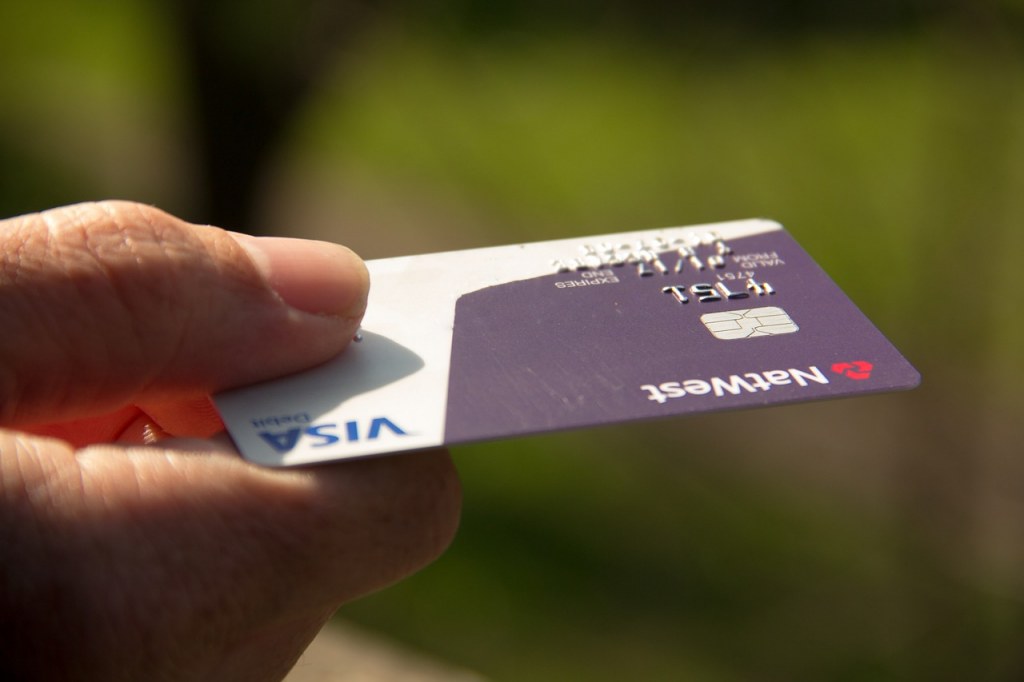
According to a 2013 Federal Reserve study, the total number of credit card transactions in the U.S. was 26.2 billion in 2012, and the total value of these transactions was $2.48 trillion. With these staggering numbers showing how much credit cards are used along with the money at stake, consumers, government agencies and businesses alike are paying more attention to the impact of credit card fraud and ways to avoid it.
In the government sector, the Federal Trade Commission has provided recommendations to consumers on how to protect against credit card fraud (e.g., carry only the card you need for a given outing and keep copies of receipts to compare to transactions on credit card statements). In the business sector, credit card companies continue to look for more innovative anti-fraud solutions.
Creditcards.com reported that Visa had the largest U.S. purchase volume in 2012 ($981 billion) which surpassed its closest competitor by over $400 billion. So, you might expect Visa to come up with new ways for defending against credit card fraud. According to the Washington Post, Visa has recently decided to focus on a point of sale that is one of the easiest places for credit card fraud to occur. This point of sale is the gas pump. Stolen credit cards are easy to use when filling a vehicle with gasoline, because the pumps today are self-service by design. Therefore, all a credit card thief has to do is just swipe the card at the pump.
To combat this type of fraud, Visa is launching software called Visa Transaction Advisor to detect whether it is you or an impostor who is using your credit card at the pump. This software analyzes 500 pieces of data (e.g., location, past transactions, etc.) in fractions of a second. Based on this analysis, the software generates a risk score on a scale from 0 to 99. A higher score means there is a greater chance that the card being used has been stolen from its true owner. Each gas station sets its own risk threshold. If the credit card generates a risk score that exceeds the threshold, a message will be displayed at the pump directing the customer to see the attendant inside the station. Once the customer sees the attendant, the attendant can request additional information to verify that this individual is the true owner of the card.
Visa’s vice president of risk products and business intelligence, Mark Nelsen, pointed out that the true owner will go see the attendant to finish the transaction once the message is displayed at the pump. On the other hand, the fraudulent credit card user will be deterred and leave the station. Although the software is new, it appears to have promising possibilities. In a pilot test, Chevron reported a 23% drop in gas pump fraud. To date, approximately 25,000 gas stations have agreed to use the software.
For more information see, Visa Transaction Advisor, FTC credit card fraud protection and Federal Reserve study.
________________________
Ryan Lahti is the managing principal of OrgLeader and author of The Finesse Factor: How to Build Exceptional Leaders in STEM Organizations. Stay up to date on Ryan’s STEM organization tweets here: @ryanlahti
 (Photo: Visa Credit Card, Pixabay)
(Photo: Visa Credit Card, Pixabay)
